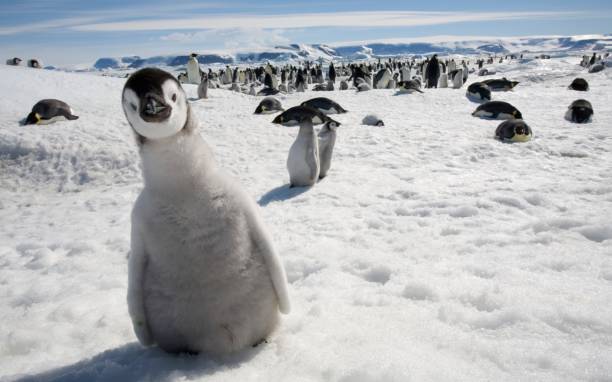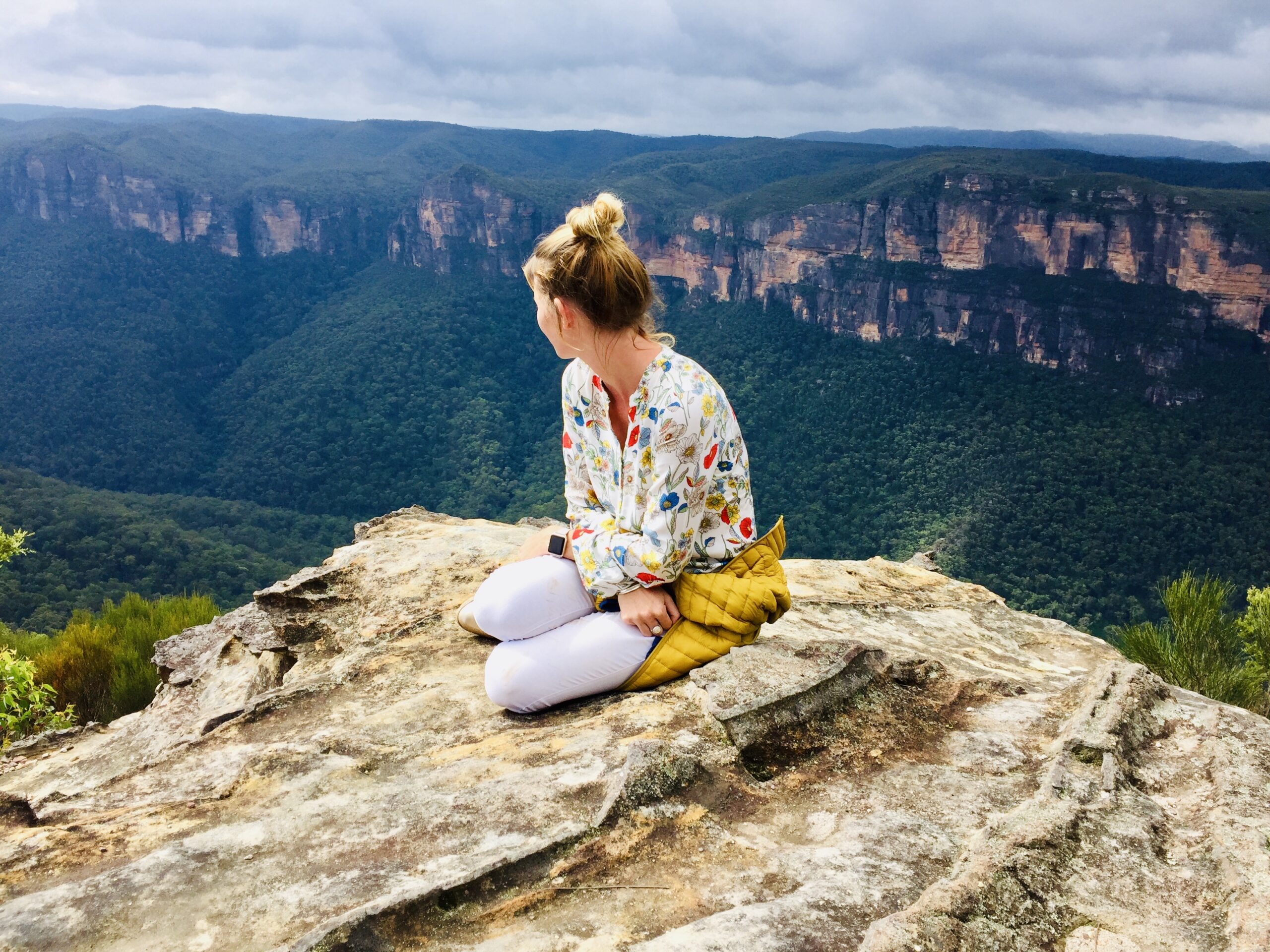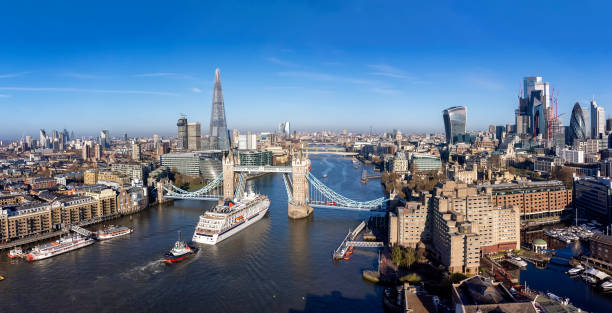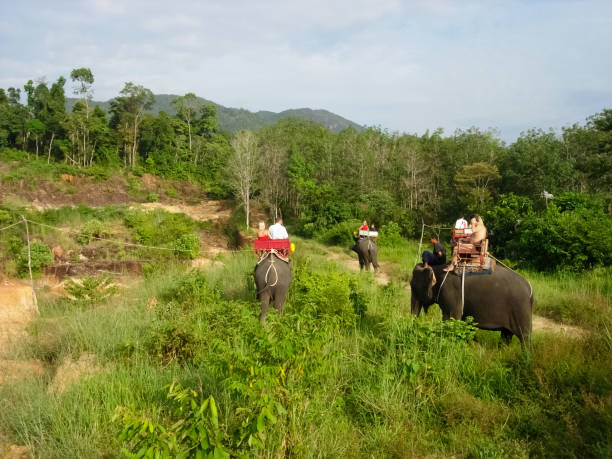The Falkland Islands: A diary from the land penguins
There were lots of penguins. That was my main reason for visiting the Falkland Islands. Some people will find it a dream job assignment, while others may have resorted to using a map to locate these islands. Before going on this trip, I had to learn more about geography and history.
People told me to enjoy my time here in Scotland or to be jealous that I was going on an exotic escape. I am not going on a whim, and I don’t think many people know the exact location of this archipelago. (Here’s a link if you are in that boat).
The internet could have been more helpful in researching the trip than it would be for an average trip. Although the wildlife was well-documented in close-up, the bleak and haunting images from the 1982 war were still top Google’s rankings. However, there wasn’t much that could have told me what it was like to travel to far-flung places other than stereotypes and red telephone boxes. I was curious to learn more about the Falkland Islands experience. However, I needed clarification as to what I could expect from this most unique of island destinations.
Falkland Islands Play Video
I accepted the tourism board assignment and began writing a diary. It could be an itinerary, although I would vary what I did as I see in my Falkland Islands Travel Guide. But I wanted to describe how it felt and how it felt to travel to these islands. And, most importantly, answer the question Is a trip to the Falkland Islands worthwhile?
Here’s how my Falkland Islands two-week stay went. It started unexpectedly.
Volunteer Point is home to a colony of king penguins.
Day 1: Why am I on an Army Base?
“Does that seat have windows?” I asked the hidden man behind the desk. VietJet was the last flight where the crew wore army-style gear. The flight attendants wore hot pants and danced during the safety briefing.
“No,” was his surprisingly patient response, “But you’ve got one next to you,” he replied with a sympathetic smile. They weren’t dressing up in sexy costumes, but they were full-fledged members of the RAF, and I was right in front of an Oxford, UK, military base.
This has been the only connection between the UK and the Falkland Islands. It is a remote archipelago in southernmost South America, just shy of the Antarctic circle. With its apparent delays and poor food quality, the weekly airbridge service is plagued by frequent delays. Once upon a time, it was operated by Hercules squaddies who were reluctant to serve tea and sandwiches. It also ferries soldiers, locals, and freight back and forth. There are a few seats that tourists can purchase. A weekly flight leaves Chile to the Falklands army base.
My original plan was not to fly on this flight, but this month brought exciting news. LATAM’s new international departure to remote islands from Sao Paulo. This meant that we had better connections through their vast flight network. It also made it easier to arrange flights with them from obscure airports in England.
Unfortunately, the inaugural was postponed for me. But for you, my friends, this option is available. In case you were wondering, the flight was introductory. The seats were randomly embossed with the Jet2 stamp on the return trip. We would arrive in Cabo Verde 19 hours later, having stopped at Cabo Verde. This was a place I had never expected to see, except for the cute waddling penguins Pingu, a 90s kids’ TV series that had enthralled my entire life.
A safety video was shown on the screens just before we landed. It advised us about biosecurity, the wildlife country codes, and not going for a run on the runway. At this point, I began to wonder how far we had traveled. Was it closer to 19 hours or 19 years? Visiting the Falkland Islands is like stepping back in history, but not in the negative way you might think.
Although it might seem like a common thing to do on remote islands, I soon learned that the islanders were composed of about 50 different nationalities. They supported gay marriage with a 95% yes vote. Many of the islands are powered by solar and wind energy. Although the tea and cakes might seem old-fashioned, the people and their goals differ from what you would expect from an island so far from the rest of the world.
The dramatic history of the Falkland Islands, which culminated in the 1982 conflict against Argentina, is well-documented, so I’ll leave you to do your research. The Falkland Islands did not have a native population. The British claim to them and many of their settlers dates back to before Argentina was even a name. These islands were briefly divided between the Spanish, English, and French. However, with almost all of the 2000+ islanders wanting to remain part of Britain, the idea of handing sovereignty to Argentina raises an obvious question. Indeed that would create a 21st-century colony.
This is why you will land at Mount Pleasant’s military airport. Since 1982, the presence and personnel of the military have been in the four figures. As much information about sovereignty and politics is online, I will only say a little.
We all gathered in a small hall, where civilians lined up on one side, and the army, marine, and RAF queued on the other. Some said it was the most boring place in the world. Others preferred the wildness of penguins to a war-torn trip in another country.
You can fly to the Falkland Islands alone or with a friend.
After stamping through, even though it is British in defense and foreign affairs, the island governments have their government and control. My UK passport still required a stamp. I could not just show up and get a job, so my luggage finally appeared on the single convey belt.
It would have been here in years past that you would get a briefing, map, and dramatic recount of the effects each landmine would have on you.
Nearly 40 years after the war, most of the mines are gone thanks to a dedicated team of mostly Zimbabweans. Where they remain to wait for de-mining to begin, bright red signs warn people not to cross the fences. As I drove out of the airport, the occasional stretch of dark soil was visible. The deminers removed these, and maps of their locations were kept.
The Falkland Islands’ tree-free landscape
‘There are trees everywhere, and I love it,’ Tina, my friendly guide-come-driver-come-pal from the tourist office, grinned as we talked about England on the 40 miles per hour road that links the airbase with the capital. I noticed that the ground changed from smooth tarmac and gravel quite often and quickly realized this was as good as any roads or runways.
As I looked around, I realized why trees could excite many people. There weren’t any. There were mountains, rocks, and green tufts and Diddle-Dee, the local plant, that hugged the terrain. But there was not a single tree. Later in the trip, I was caught looking for a “bathroom” in the wild. This would be a problem because you can’t just ‘go behind the tree’; you must embrace the open. You are unlikely to be seen by the half-a-million penguin pairs or some of the 400,000 sheep here.
After about an hour, we reached Stanley’s capital after passing through the mountains that were the scene of the 1982 war.
Colorful Scandinavian-style houses built with corrugated metal roofs are spread out on the slope. There are also traditional British stone townhouses and occasional pubs.
The Malvina is the only hotel that offers full service on the islands. (Without the s, it’s an older Scottish name, not to be confused with the Argentinian names for the islands, which are French derisive of St Male), House Hotel. After the flight, we were a bit hungry, so we went to the restaurant for a quick bite. Sitting down to fish and chips with vinegar, I noticed a red telephone box and a postbox outside the window.
Did I think it was crazy to travel so far to try things similar to my home country? I felt as if I dazed off listening to the water rushing into the harbor.
That will be answered in the next ten working days.
Admiring Rockhopper penguins on Saunders Island
Day two: An army cabin ‘hostel” surrounded by penguins at Saunders Island
Tina picked me up after breakfast and took me to Stanley’s small airport. The local airline FIGAS has its few planes here. Domestic flying follows an entirely different set of rules.
First, you can only book a specific flight. Send your request, describing where you want to go and from where you are going. You can also indicate a preference for morning or evening. The crew will then work out the route and stops they need to make around each island.
Weather can also play a role in this. Although Stanley may be sunny and calm, it could be subject to gale-force winds or mist. Given their remote location on a world map, it is difficult to believe that this archipelago has spread.
After that, your local radio station will announce the flight times and passenger names. You can either listen in or wait for a notification from the travel agent. It was a strange experience, but I soon became accustomed to it.
Tina helped me to bring my heavy bags in. However, the extra cost of about PS2 per kilo at the time of writing was reasonable. After the passengers have been weighed, the pilot will distribute the weight properly in the small eight-seater plane. Then you take off onto the last asphalt landing strip and board the red and blue planes capable of flying in almost all weather conditions.
Tom, our pilot, gave me a brief safety briefing with which all locals were familiar. The scenery and views changed quickly once we were airborne. From the rugged mountains surrounding Stanley to the white sand beaches and rough rocks with crashing waves to lush green farms and everywhere in between, there were a few settlements, some of which only had two people. Already I was blown away by everything. It was brighter and more beautiful than many Falkland Islands photos I had seen during my research.
After dropping off a local passenger, I landed at Saunders Island.
The pilot and the locals exchanged pleasantries, and the windsock was taken down when the aircraft took off again. The little firetruck was placed in a garage, and the ‘airport hut’ was closed for the next day. I dusted my feet with biosecurity cleaning fluid, and we made our way to the main settlement, where David and Carol, great photographers, joined us.
We were all going to The Neck, one of the three accommodations options on the islands. Being self-catering and only an hour from the nearest person, I had stockpiled supplies in Stanley while my friends had bought theirs from the small shop here.
As we jerked through mossy hills, avoided wet ditches, and off-roaded, I didn’t realize that I was about to have one of my best days.
The trip down to The Neck took about an hour, with each of us taking turns to open and close a seemingly endless number of farm gates. As Sue made her way down the last hill, with the land becoming thinner and the powder-white beach laid on either side, I noticed countless white dots in its middle.
There are penguins everywhere, not just a few. We drove slowly along the sand, avoiding nests wherever possible, and passed a group of king penguin chicks. My heart leaped with joy. This was real life, or was it a dream of penguin paradise from an army plane? I closed the window and inhaled the salty air as the wind slapped my face.
It was true, but I couldn’t believe my eyes.
Rockhopper Penguin on the Falkland Islands
The Neck offers basic accommodation. It is a converted army cabin turned into two bedrooms with four bunk beds and one bathroom. There is also a small kitchen and lounge, powered by solar and a generator. The only way to connect with the outside world was via a walkie-talkie radio and a WiFi hotspot.
“Call me at eight o’clock, and I’ll tell you tomorrow’s flight schedule,” Sue said before walking out of the door and returning the way she came. The friendly couple and I were the only ones there. There were a good number of penguin colonies. After a quick chat and coffee, I began to make my bed.
This hostel could be considered the most basic and expensive in the world. It charges around PS80 per night for a four-bed dormitory if it is complete. This was, however, the best-value bunk I had ever slept in. You can also enjoy return off-road transportation from one door to another, million-dollar views, and the opportunity to sit and watch penguins for hours. The Falklands prices aren’t for a bed; they are for an experience and remote living. I would have paid the same price for a wind-battered tent. This is a widespread but rarely used option.
Although I don’t have the words to summarize my time at The Neck, it was one of my best days, and I would travel all that way for that alone. I had hoped to spend another night at Saunders Island to stay at The Rookery’s other self-catering option. But it wasn’t to be. Those 18 hours was pure bliss.
To be among the many types of penguins, you only had to walk a few hundred meters from the hut. King penguins were accompanied by their babies on one beach. Rockhopper Penguins were on the cliffs while Gentoo Penguins bathed or looked after their eggs in the strong winds.
It was me and the penguins that made it seem so strange. It was like being in a Zoo. It is essential to respect and behave within the wildlife code and limits. However, this time is the only obstacle. If you don’t want to wait for eggs to hatch for hours, then go ahead. Do you want to wander along cliff edges looking for albatrosses? There was a large colony nearby. It didn’t feel real.
As the sun began to set and the sky became purple, I said my goodbyes to my penguin friends. Then, I reheated my lasagna in the small oven. I fell asleep smiling, eager for the beautiful sunrise and penguin fun in my morning.
The Neck is Saunders Island’s beach with penguins.




Post Comment